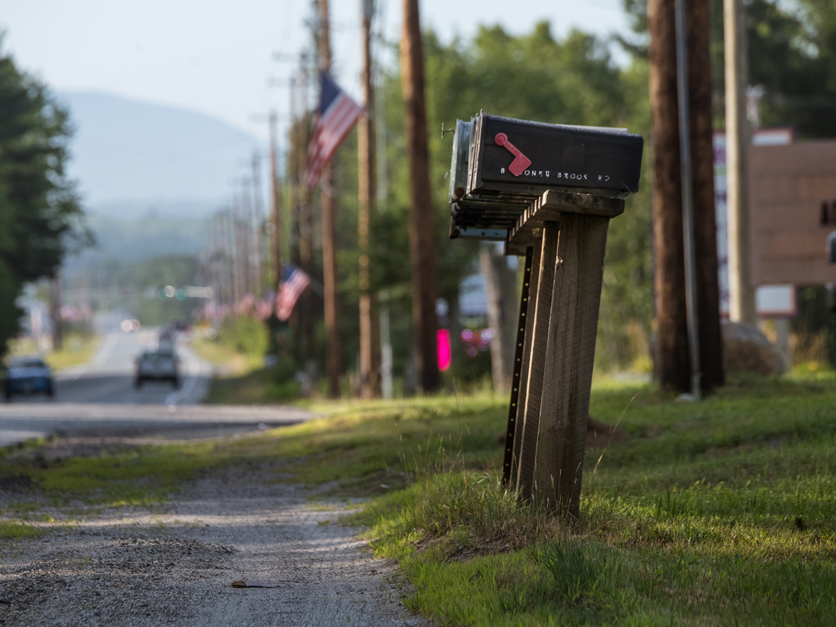Two former nearly all-white Nebraska towns appear to have integrated a surge of Spanish-speaking immigrants, mostly meatpacking plant workers, more smoothly than other communities in similar circumstances, according to new report from the Center for American Progress (CAP).
The experience of the two towns – Lexington, population 10,090, and Madison, 2,634 – contrasts with the view that sees rural areas beset by “economic decline, deep-rooted despair and resentment [and] overwhelming support for President Donald Trump and his policies that target immigrant communities,” as described in an earlier analysis by CAP, a Washington-based think tank with liberal leanings.
The two towns also offer a potential template for other communities dealing with an influx of immigrants and refugees from different cultures and ethnic groups. CAP finds a 130 percent growth among foreign-born adults in 2,767 rural places since 1990, contrasted with a 12 percent decline in the communities’ native-born adult populations.
“The realities of rapid demographic shifts have unsettled many communities, stoking xenophobic sentiments and polarizing dialogue about the merits of immigration and refugee resettlement,” adds the CAP report, “Proactive and Patient: Managing Demographic Change and Immigration in Two Rural Nebraska Communities.”
However, Lexington and Madison have shown that accepting the new residents can mean population growth and new business development. “The two towns today boast revitalized business districts, booming housing markets, successful schools, and sustainable population growth,” the report says.
The two towns had a combined foreign-born adult population of just 124 in the 1990 census,
Their experience also is a story of the impact of meatpacking plants across the rural Midwest and the decline of the native-born population. By 2000, more than 60 percent of meatpacking jobs had relocated from cities to rural areas, “a product of packing plants’ desires to bring production closer to cattle and hog farms and to reduce labor costs as workers in rural areas are less likely to be unionized than their urban peers.”
The report credits the meat processors for making “significant improvements to worker protections and safety” but notes that jobs in the industry are still dangerous and salaries have stagnated. The national average hourly wage – $13.46 as of May 2017 – is far from its inflation-adjusted peak of nearly $20 in the 1960s through the 1980s, “making recruitment and retention a challenge,” the report points out.
However, companies such as Tyson “are now making investments to mitigate the challenges that the industry initially put in motion, particularly around the integration of its foreign-born workers,”
The arrival of meatpacking coincided with a decline in native-born population. Through the 1980s, 100,000 more people left Nebraska than entered. At the same time, Latinos in 10 Midwestern states including Nebraska grew from 1.2 million to 1.8 million.
Lexington was sharply divided when Iowa Beef Processors (
Nevertheless, the remaining residents “learned to embrace the new culture, and patience and tolerance prevailed,” Winnie Stachelberg,
“The last 30 years were bumpy,” said Sara McElmurry, a fellow at the Chicago Council on Foreign Affairs and author of the
She also discovered “a lot of effort in city hall and the schools to boost civic engagement after they [immigrants] are naturalized.” For example, she cited an effort to encourage residents to fill out 2020 census forms because the results will have “big implications for funding, representation and redistricting.”

Dora Viva, Lexington city council
Voter registration and participation by new citizens also has shown results. In 2012, Lexington voters elected to their city council Dora Viva, who emigrated from Mexico to work at the
Lexington is now helping Somali refugees acclimate, Viva told the
Nearly 10 percent of Lexington’s school population is African-born, said Kyle Hoehner, principal of Lexington High School, and up to 90 percent is foreign-born and 80 percent are from families in poverty. However, he said the school maintains a 96 percent daily attendance rate and a graduation rate 3 percent above the Nebraska statewide average. His school has students born in 41 countries and who speak 30 languages, he said. In about 1996, there was an exodus of teachers, he told the
For more news, go to: www.Agri-Pulse.com


